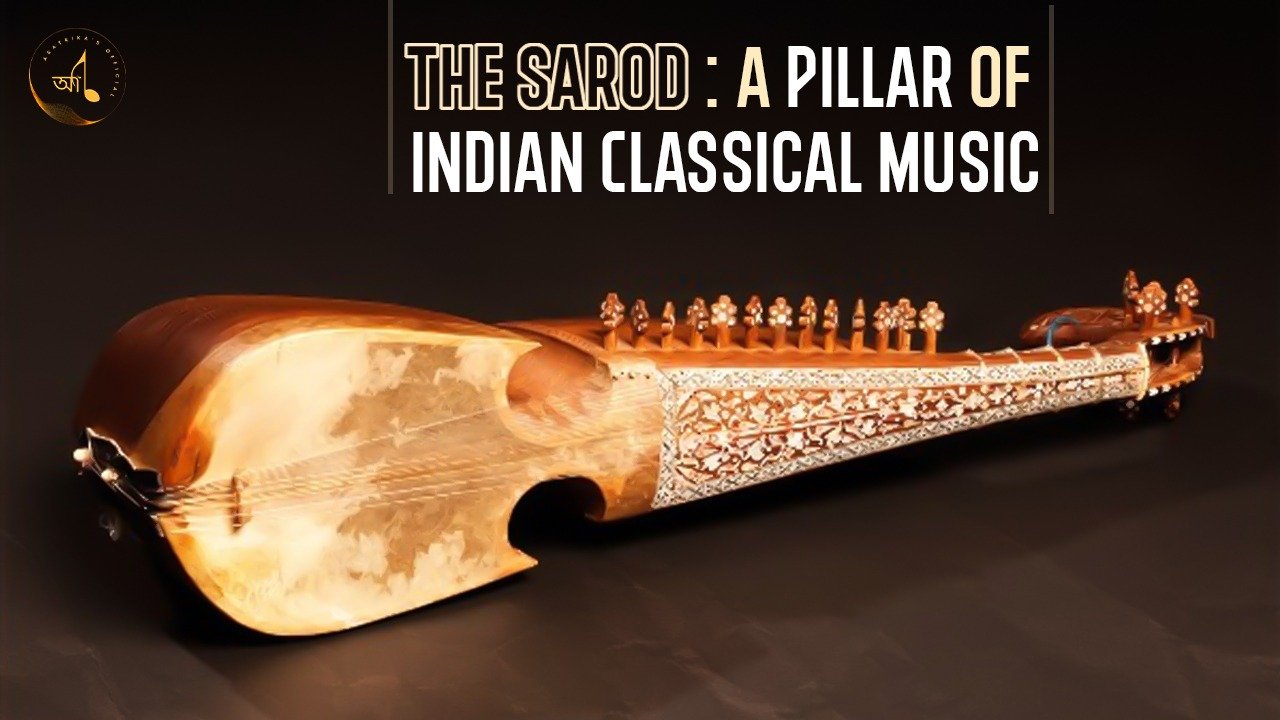The ghazal form is ancient, tracing its origins to 7th-century Arabic poetry. The ghazal spread into South Asia in the 12th century due to the influence of Sufi mystics and the courts of the new Islamic Sultanate, and is now most prominently a form of poetry in many languages of the Indian subcontinent and Turkey.
The ghazal is a short poem consisting of rhyming couplets, called bayt or sher. Most ghazals have between seven and twelve bayts. For a poem to be considered a true ghazal, it must have no fewer than five couplets. Almost all ghazals confine themselves to less than fifteen couplets (poems that exceed this length are more accurately considered as qasidas). Ghazal couplets end with the same rhyming pattern and are expected to have the same meter. The ghazal's uniqueness arises from its rhyme and refrain rules, referred to as the 'qaafiyaa' and 'radif' respectively. A ghazal's rhyming pattern may be described as AA BA CA DA, and so on.
The ghazal originated in Arabia in the 7th century,[14] evolving from the qasida, a much older pre-Islamic Arabic poetic form.[8] Qaṣīdas were typically much longer poems, with up to 100 couplets. Thematically, qaṣīdas did not include love, and were usually panegyrics for a tribe or ruler, lampoons, or moral maxims. However, the qaṣīda's opening prelude, called the nasīb, was typically nostalgic and/or romantic in theme, and highly ornamented and stylized in form. In time, the nasīb began to be written as standalone, shorter poems, which became the ghazal.
The ghazal came into its own as a poetic genre during the Umayyad Era (661– 750) and continued to flower and develop in the Early Abbasid Era. The Arabic ghazal inherited the formal verse structure of the qaṣīda, specifically, a strict adherence to meter and the use of the Qaafiyaa, a common end rhyme on each couplet (called a bayt in Arabic and a sher in Persian).
The nature of the ghazals also changed to meet the demands of musical presentation, becoming briefer in length. Lighter poetic meters, such as khafîf, ramal, and muqtarab were preferred, instead of longer, more ponderous meters favored for qaṣīdas (such as kâmil, basît, and rajaz). Topically, the ghazal focus also changed, from nostalgic reminiscences of the homeland and loved ones, towards romantic or erotic themes. These included sub-genres with themes of courtly love (udharî), eroticism (hissî), homoeroticism (mudhakkar), and a highly stylized introduction to a larger poem (tamhîdî).
.jpeg)





